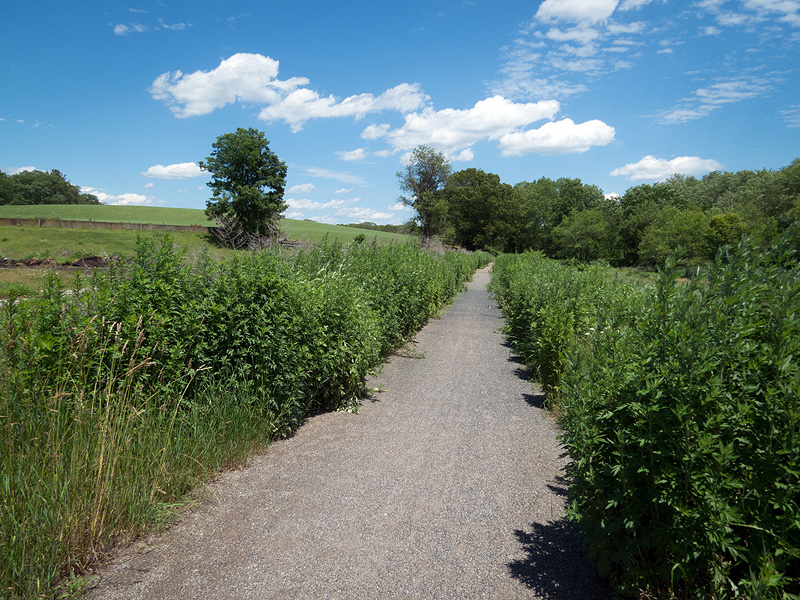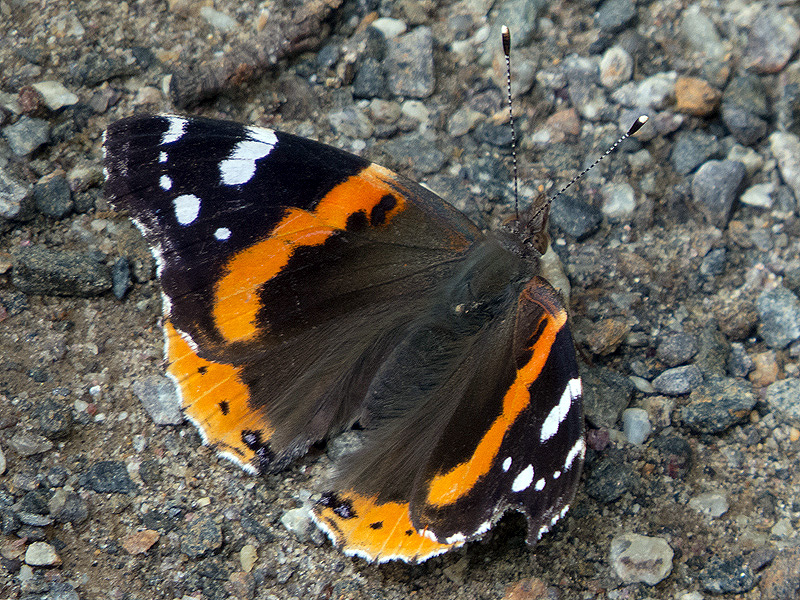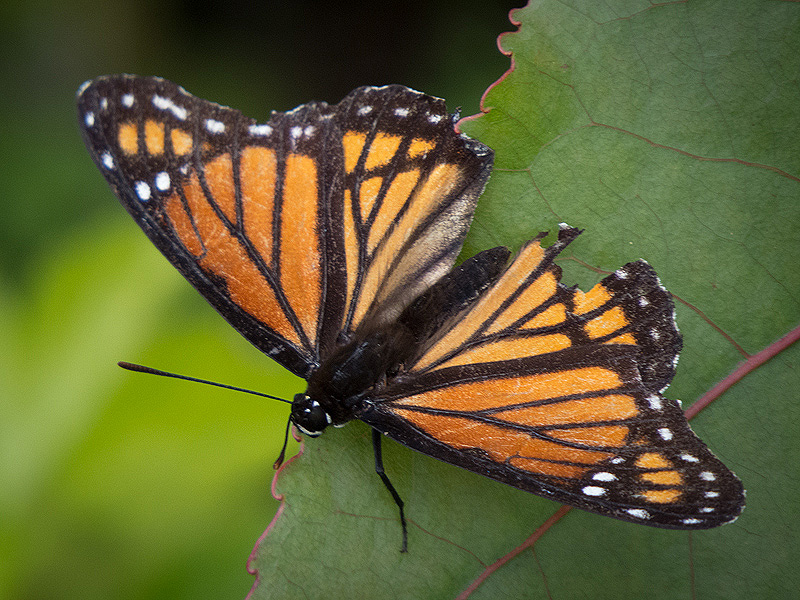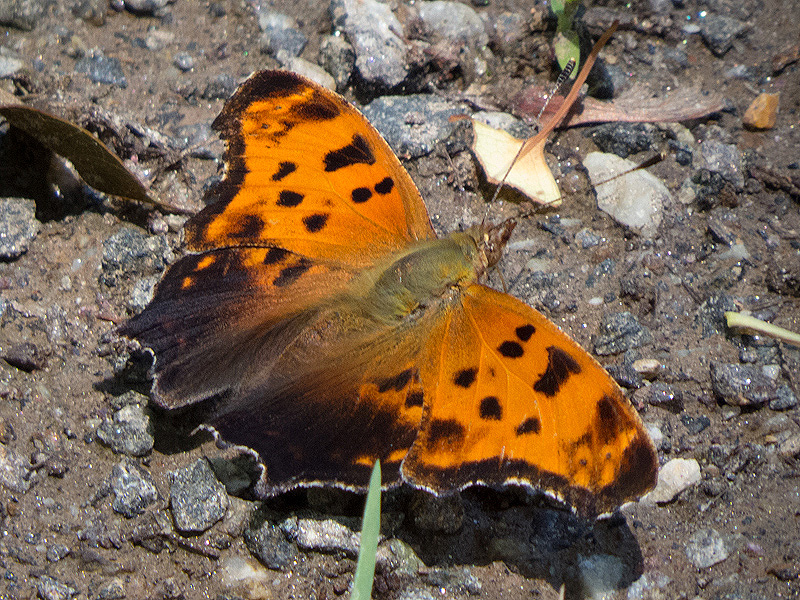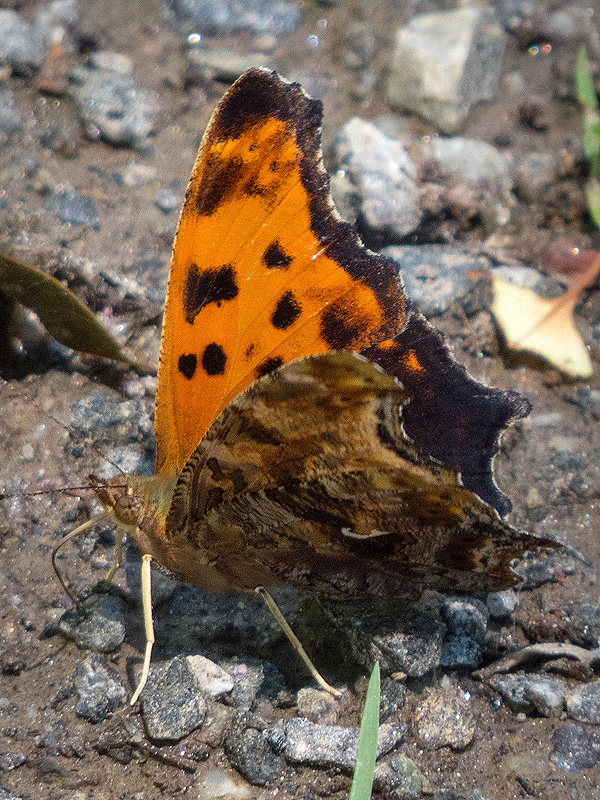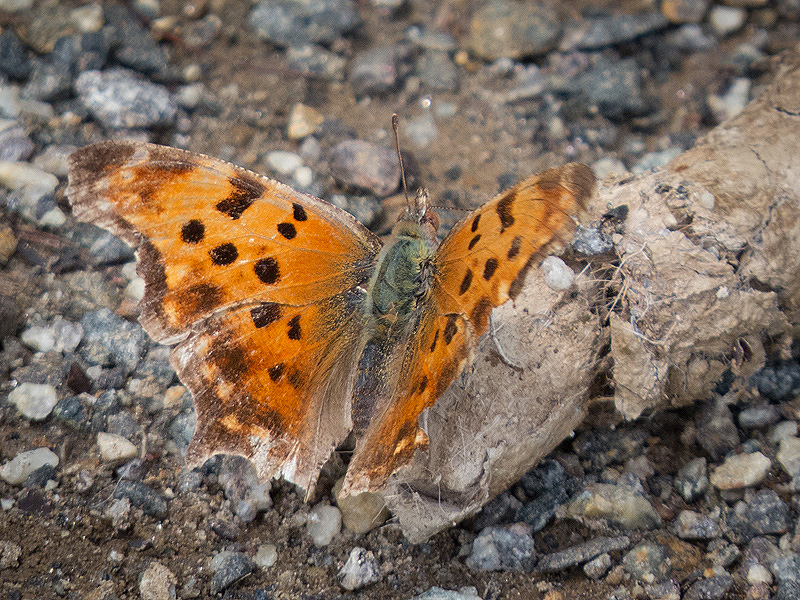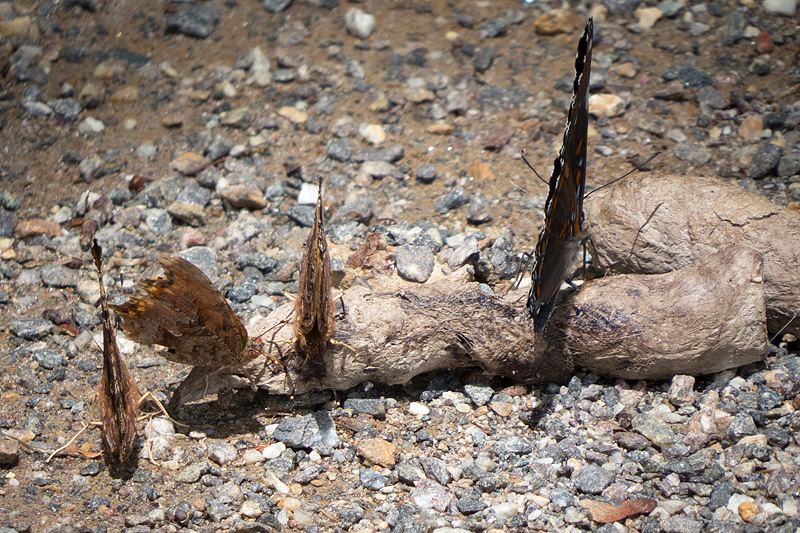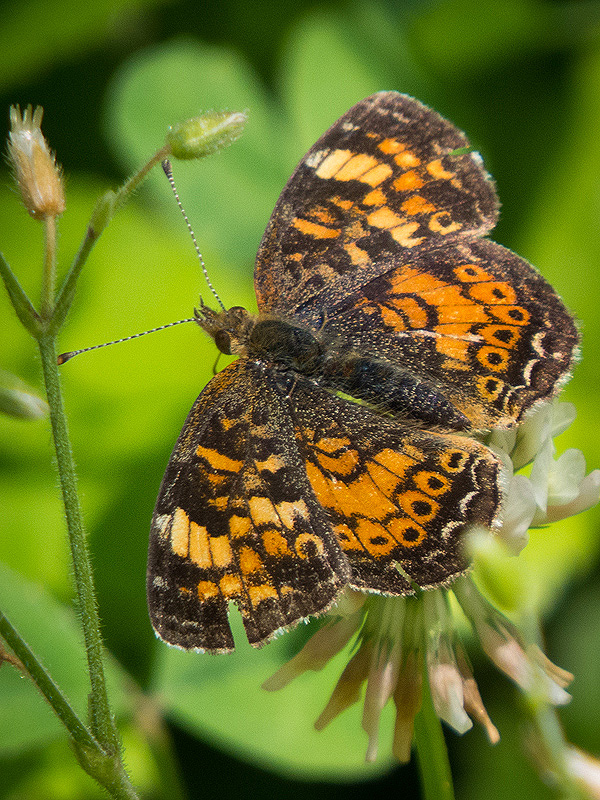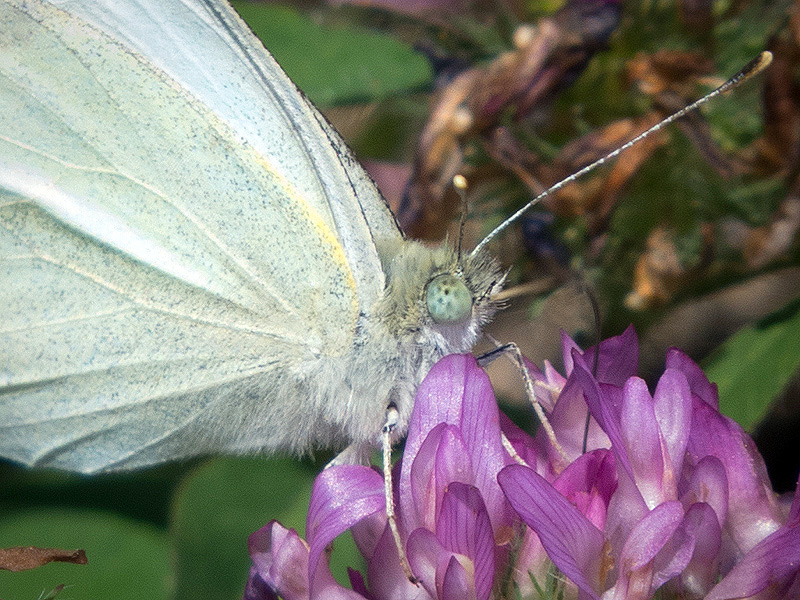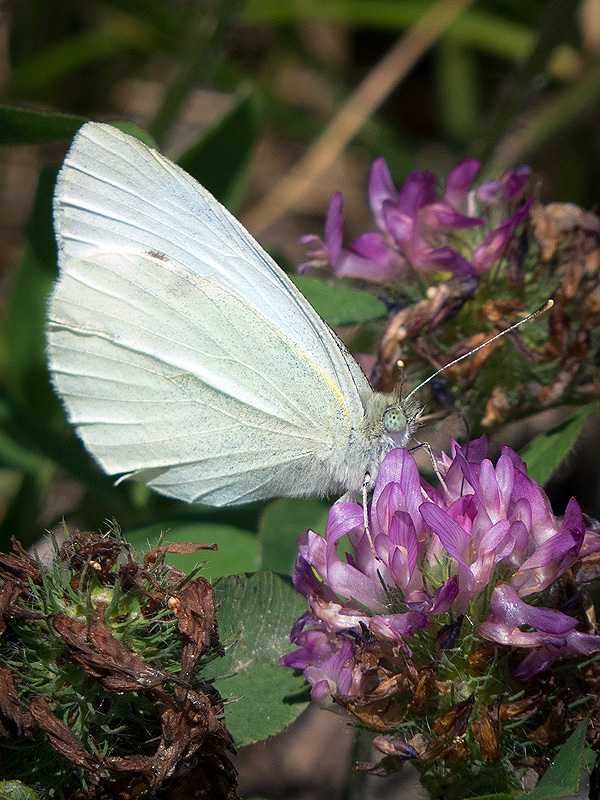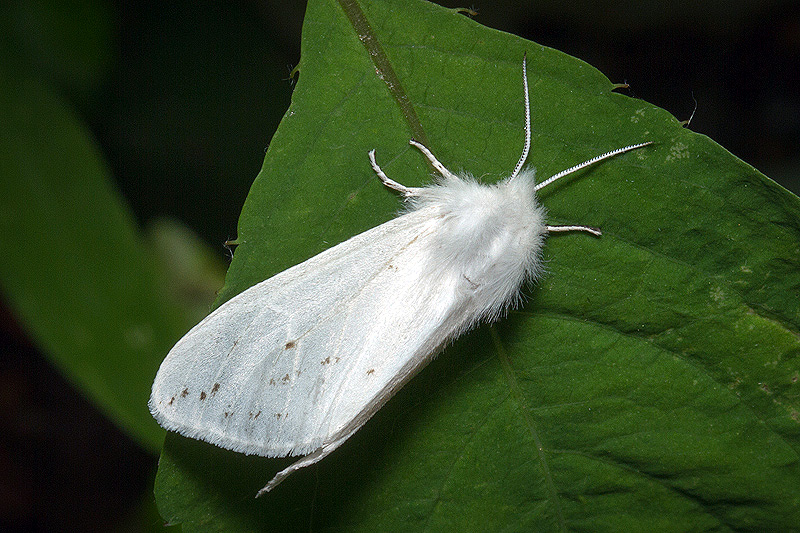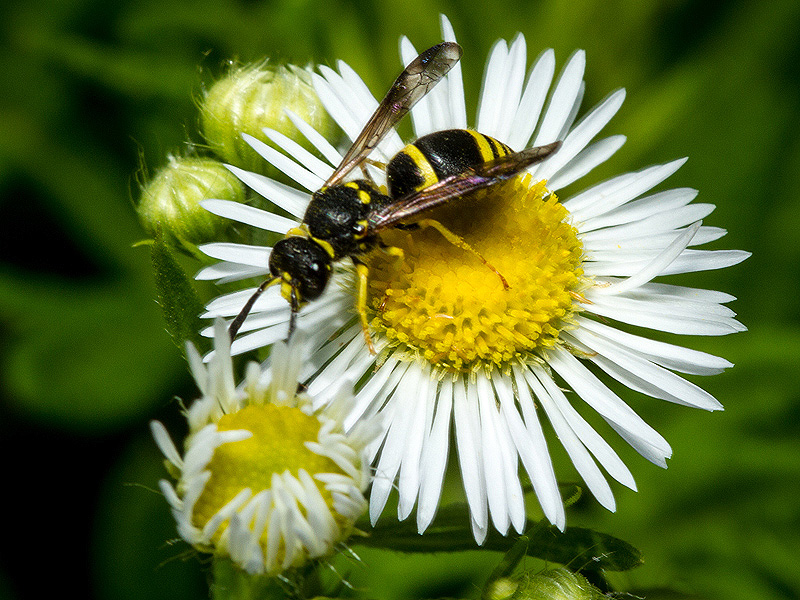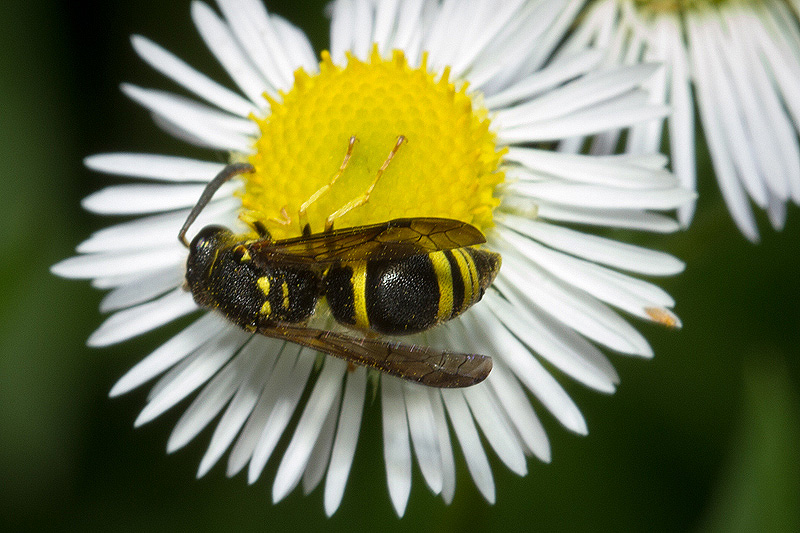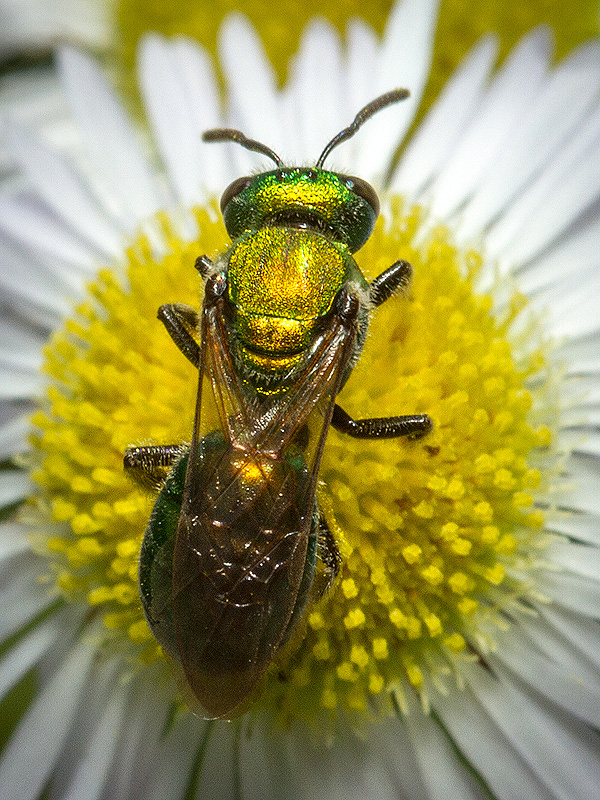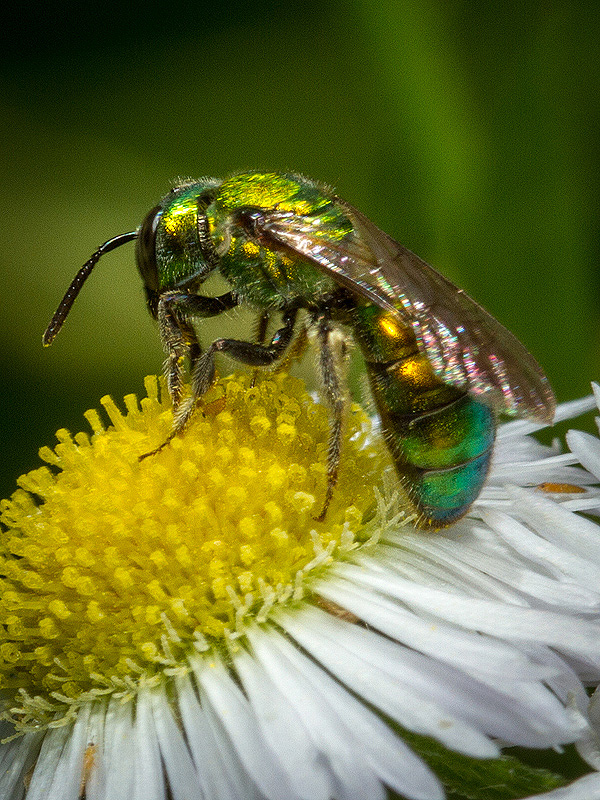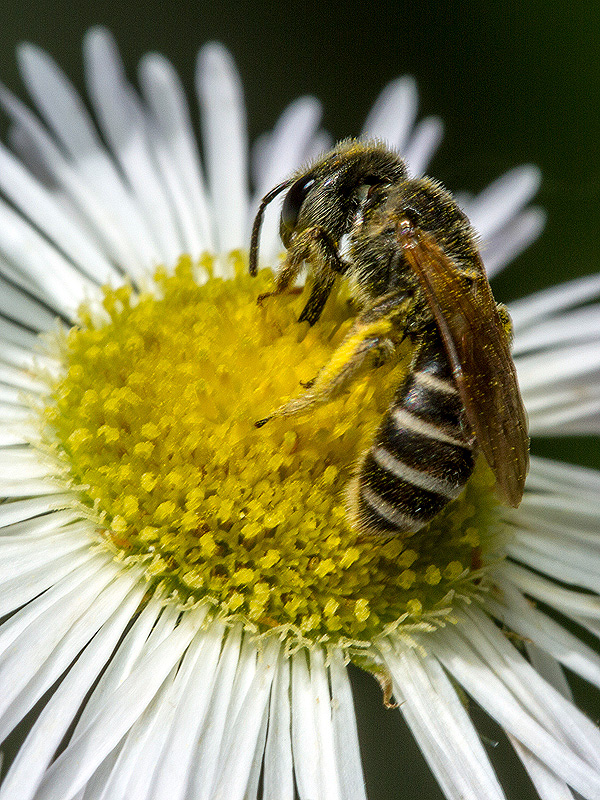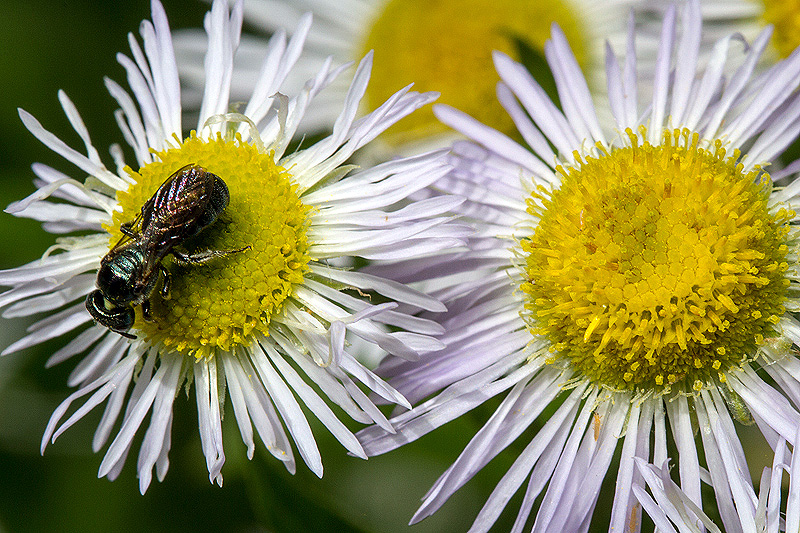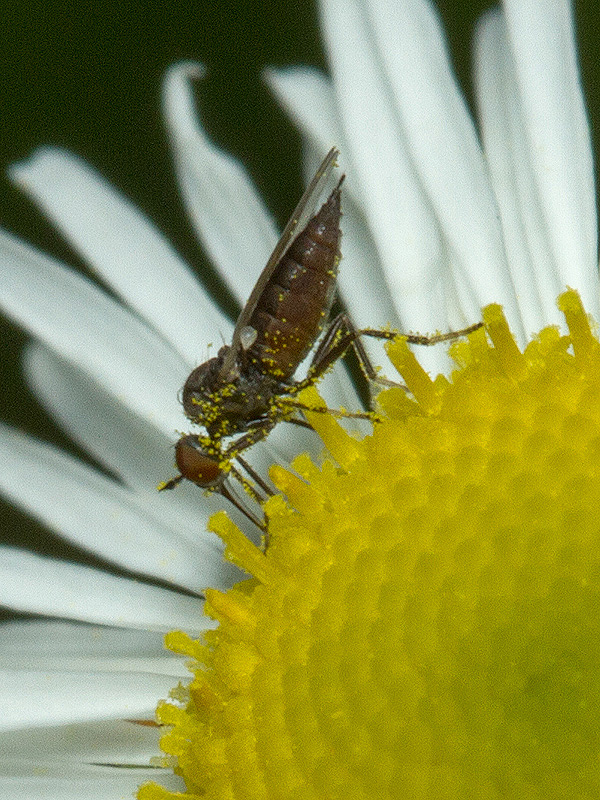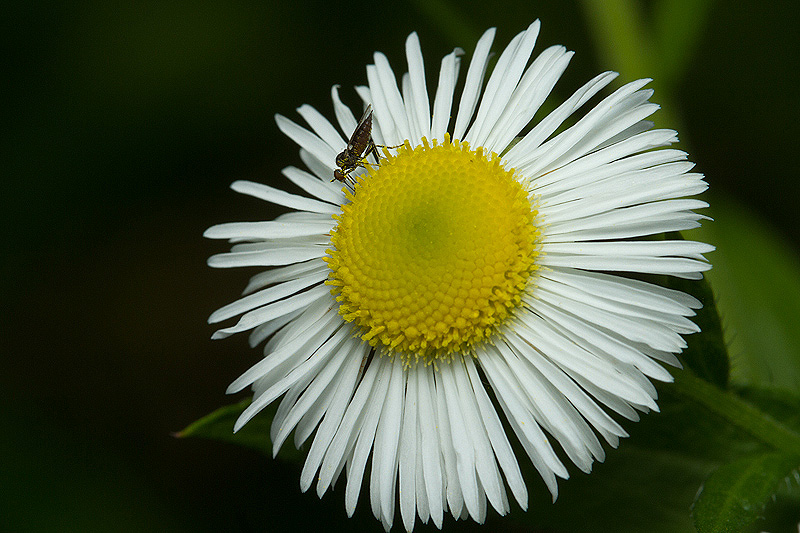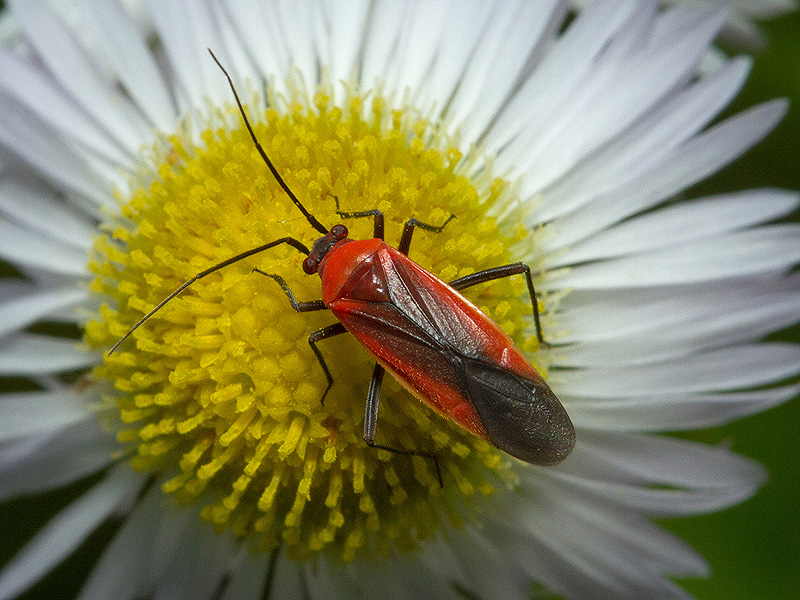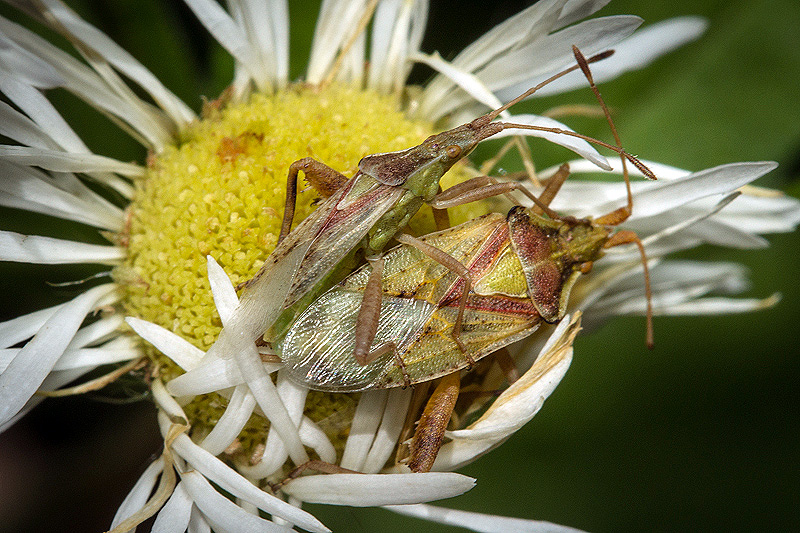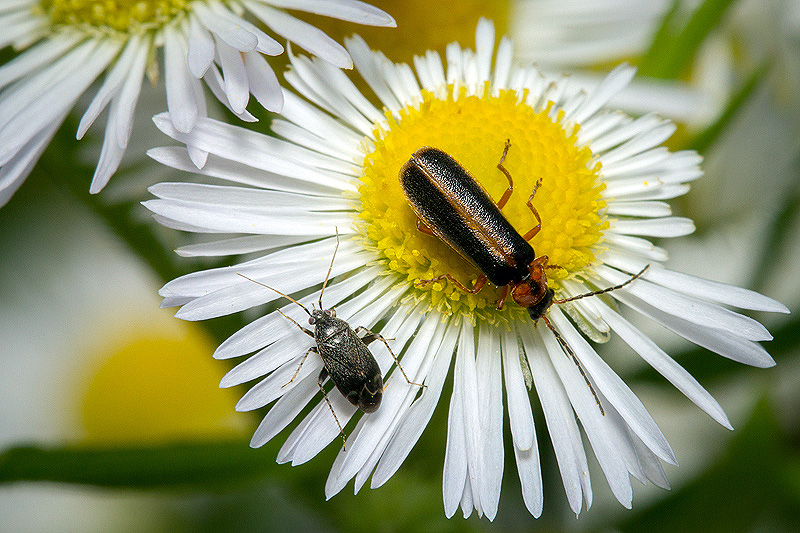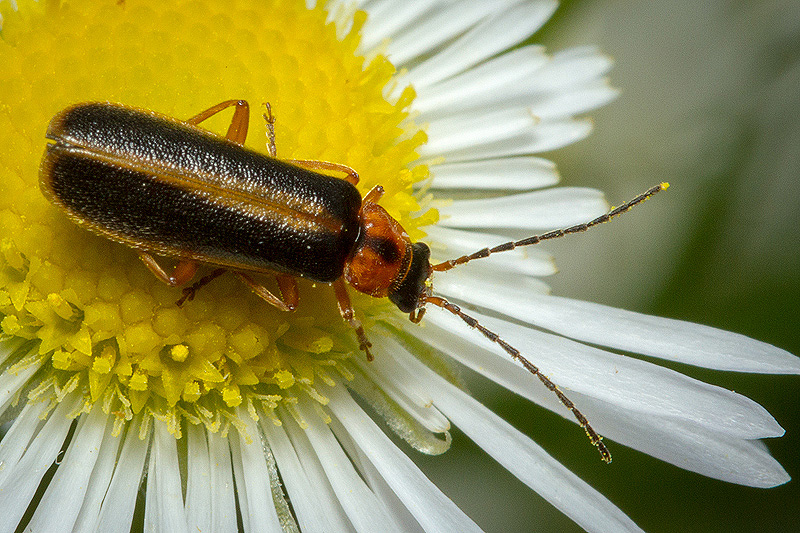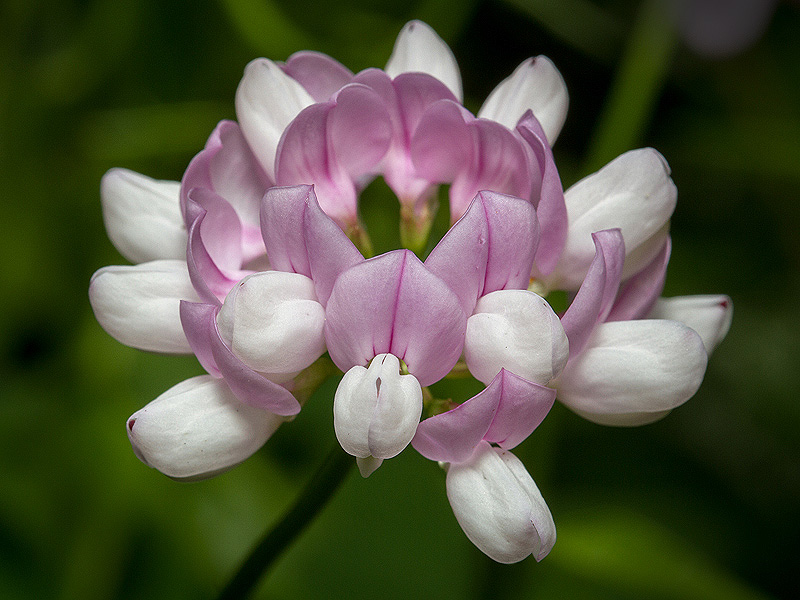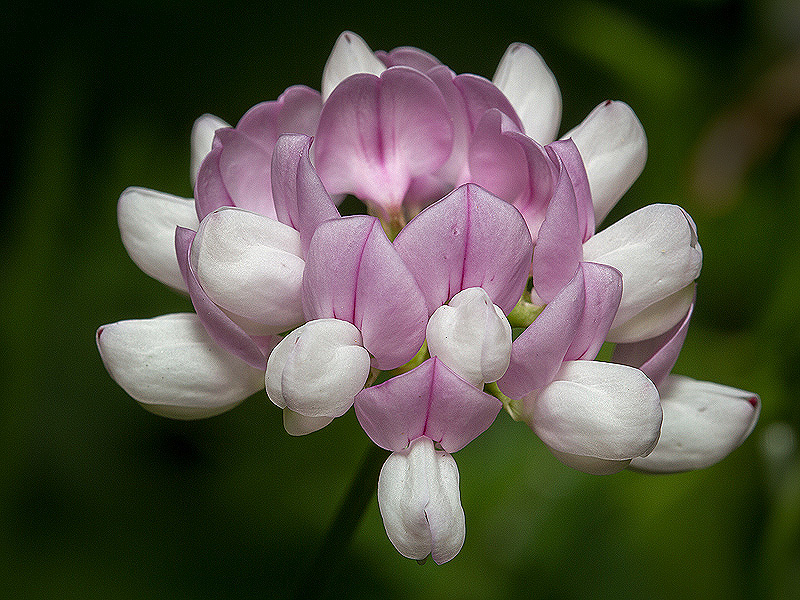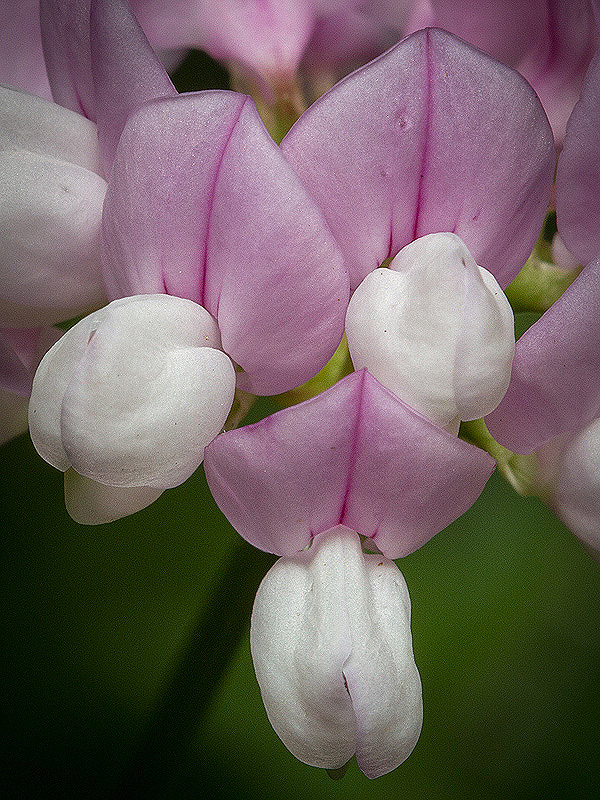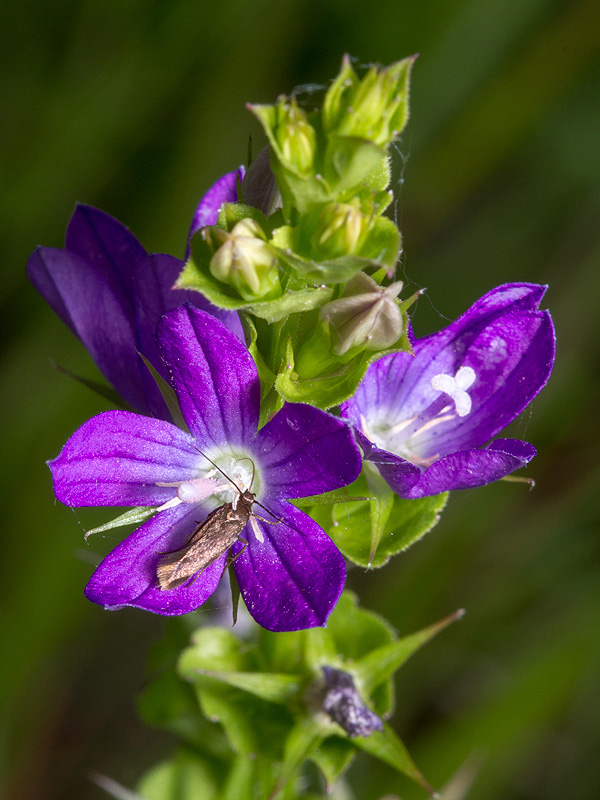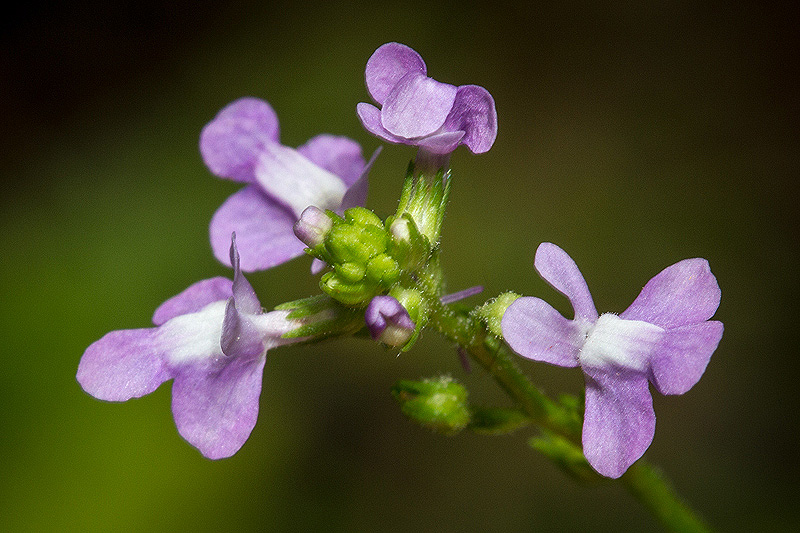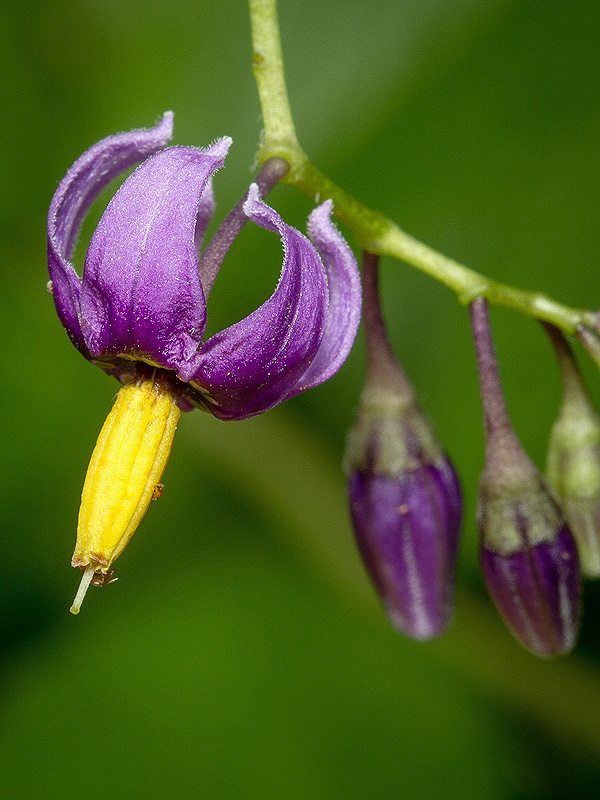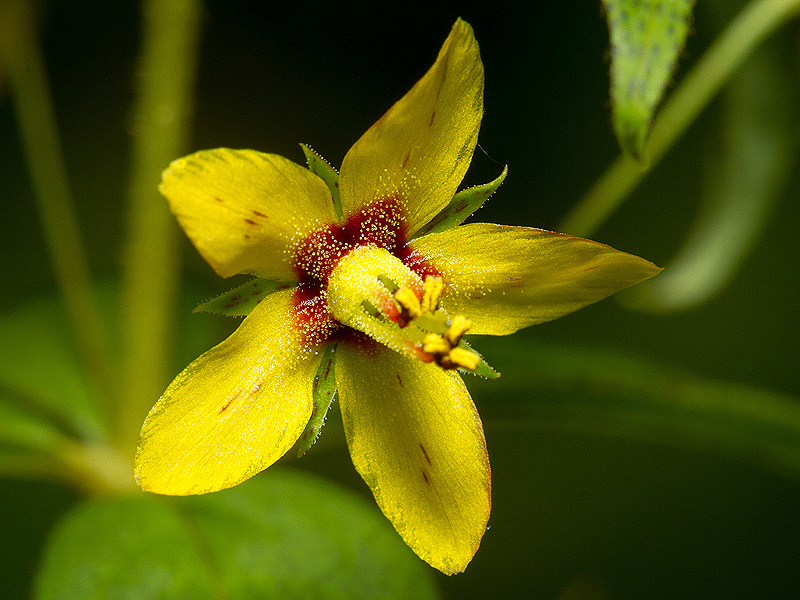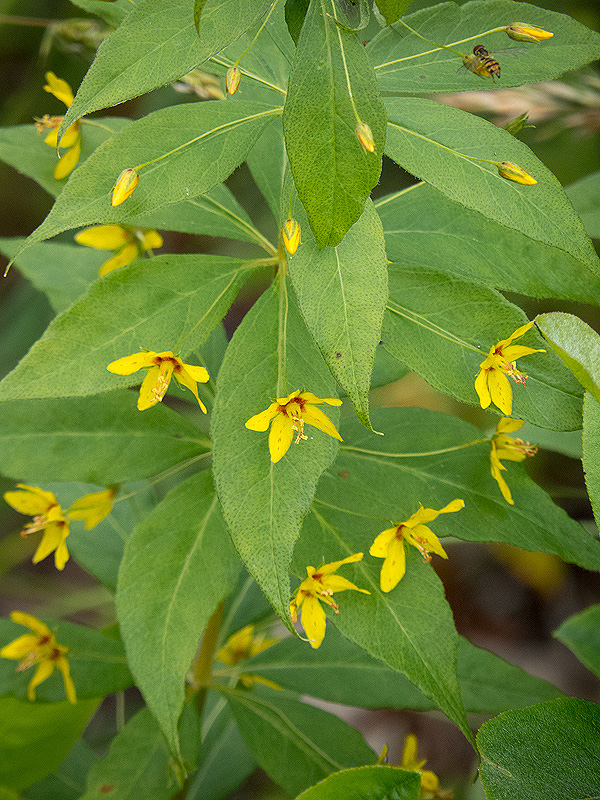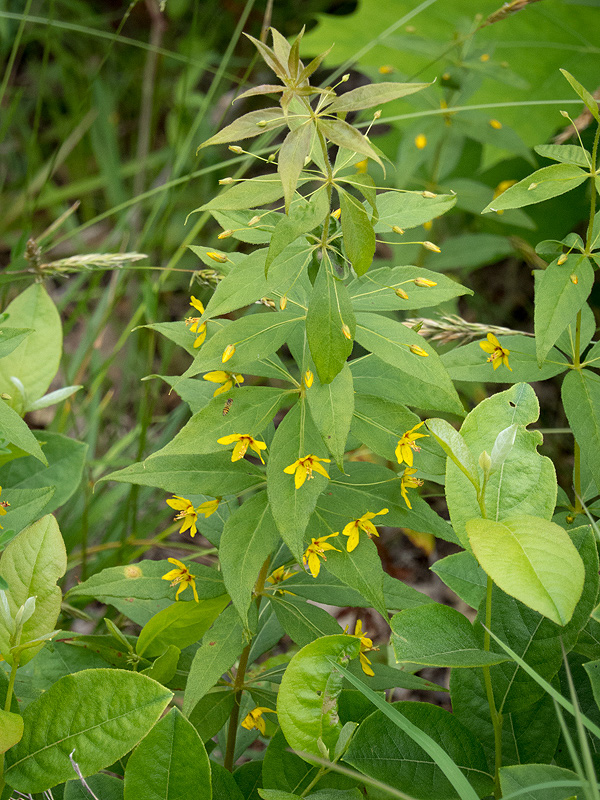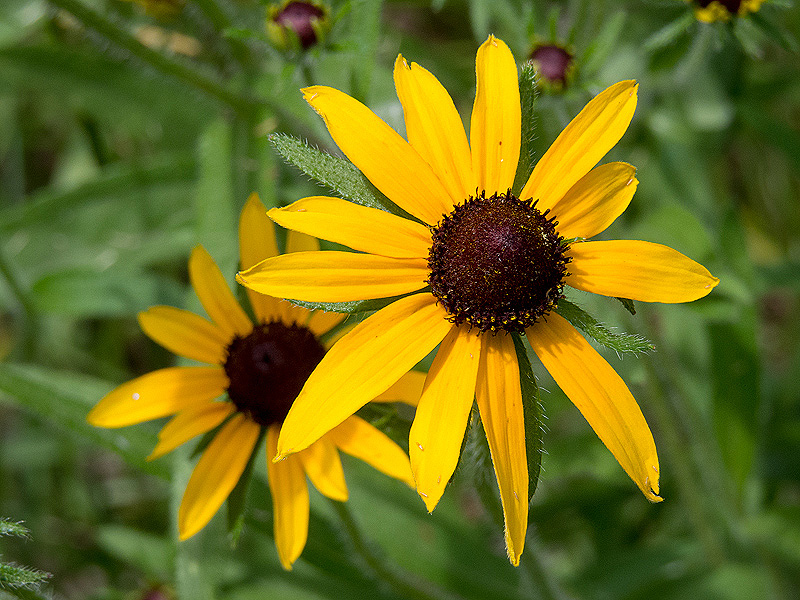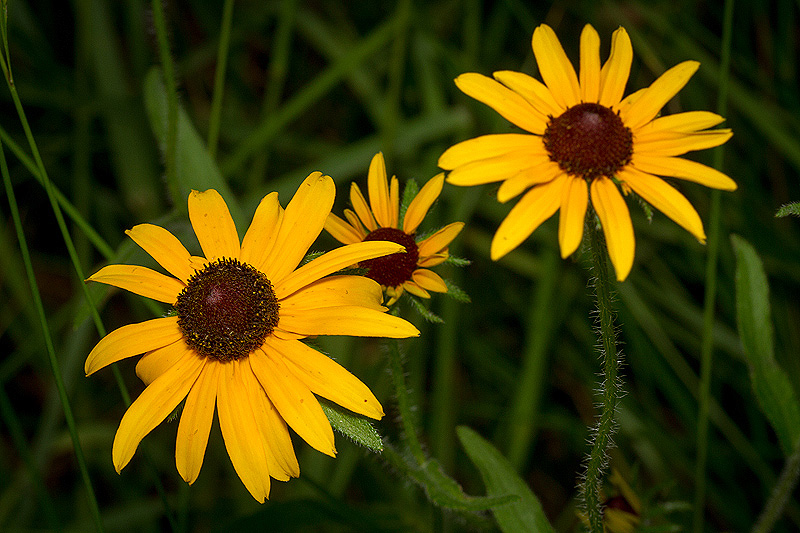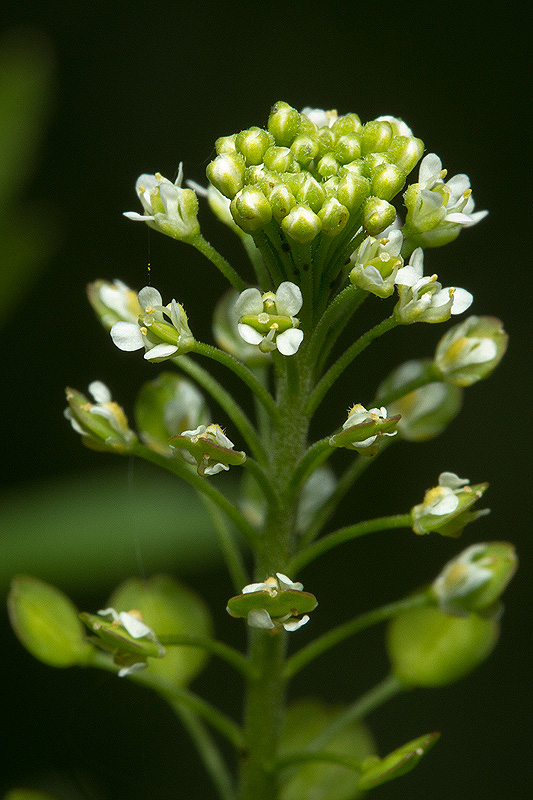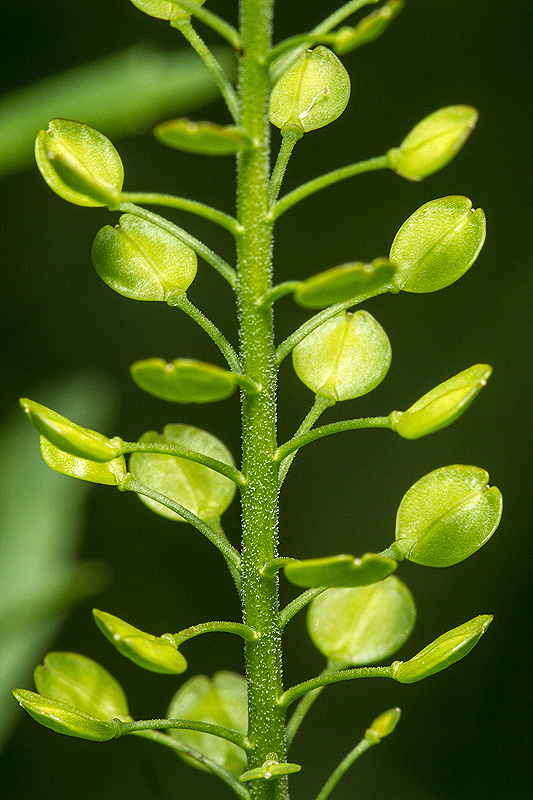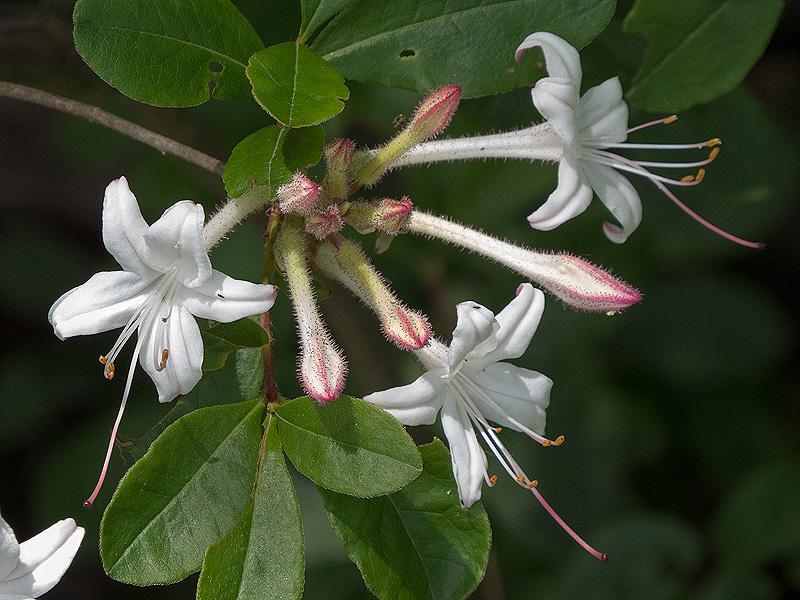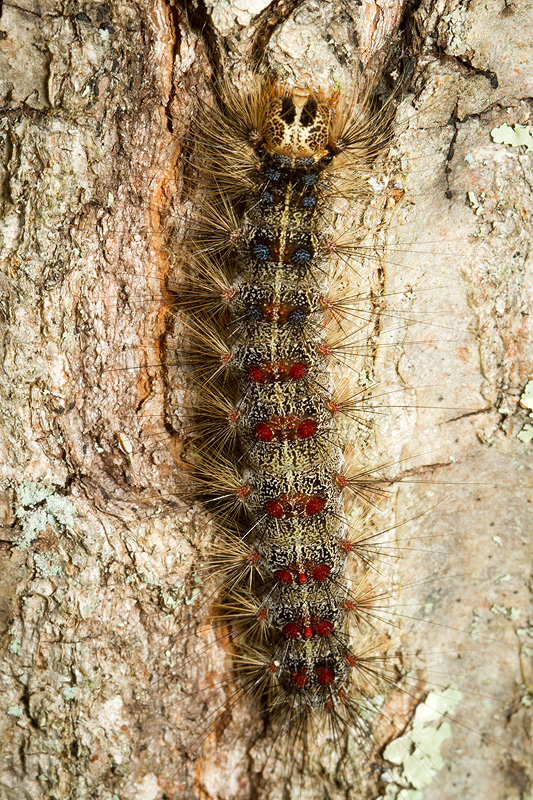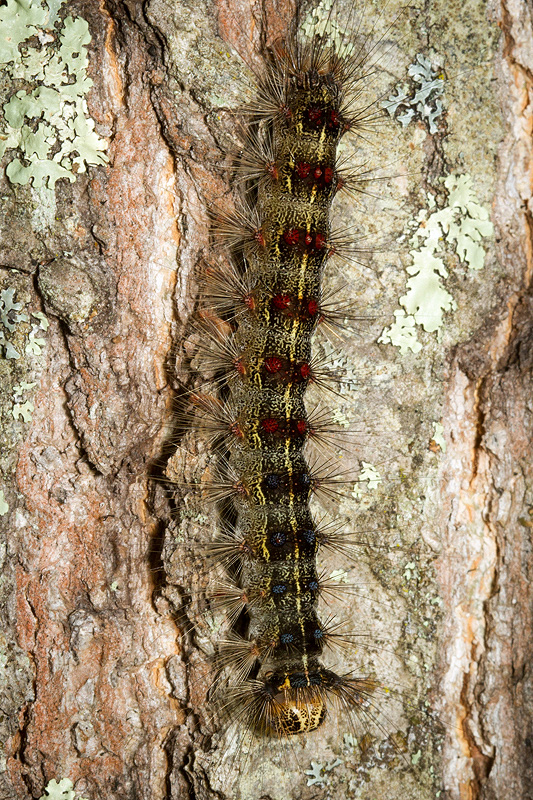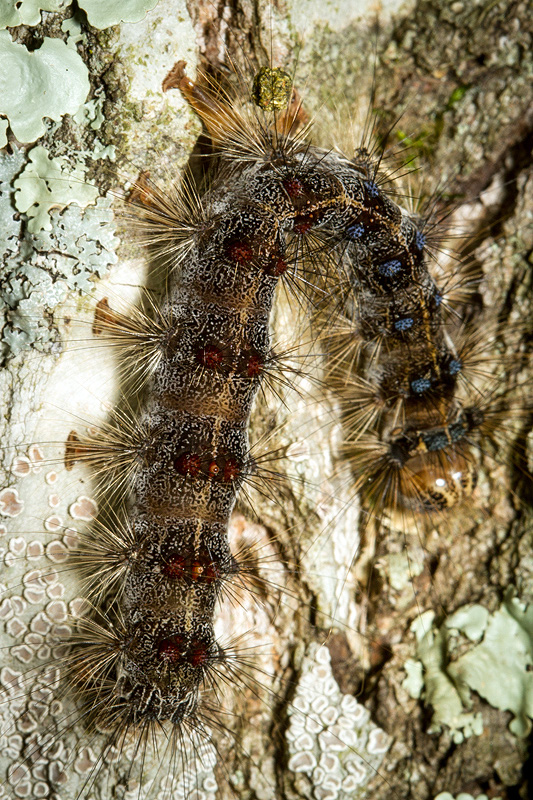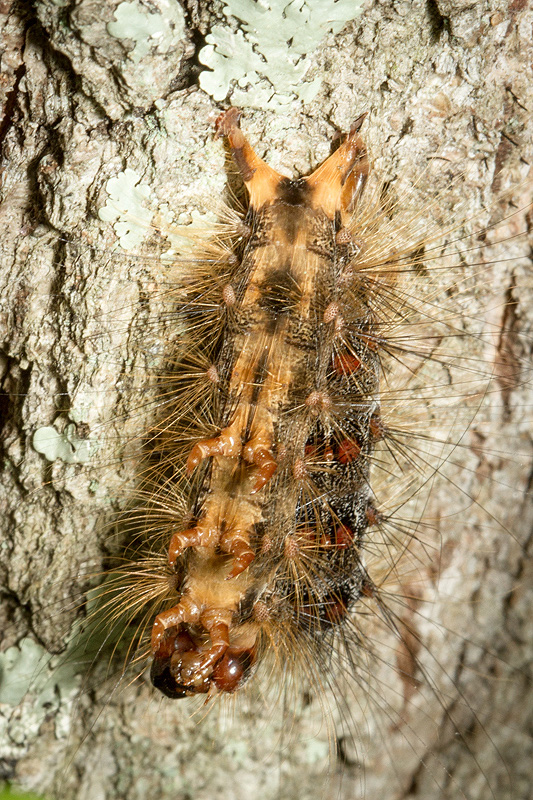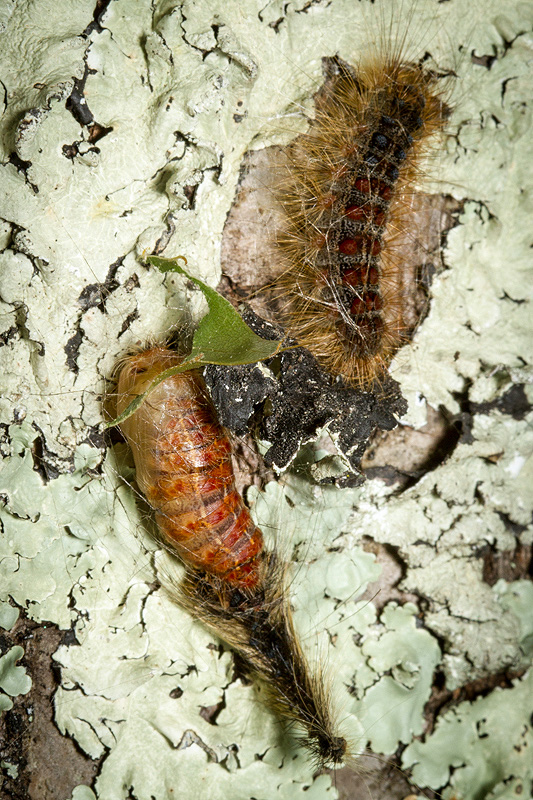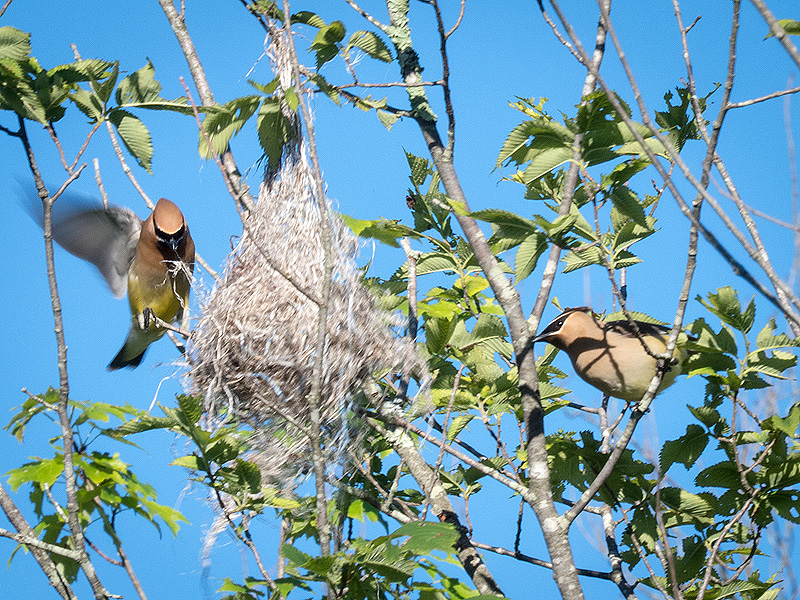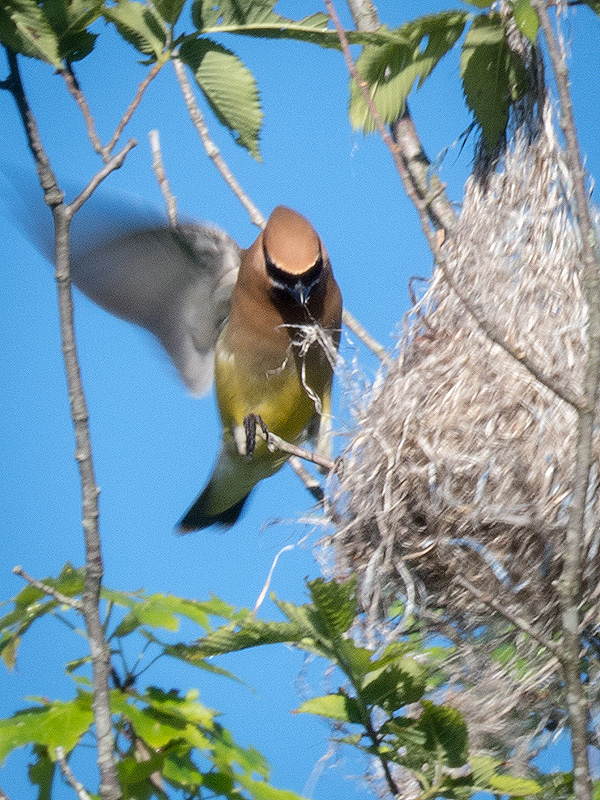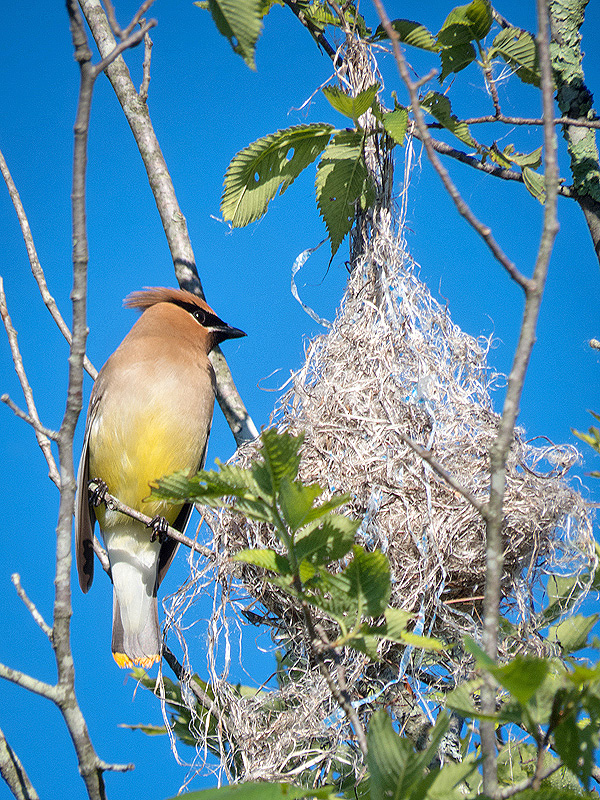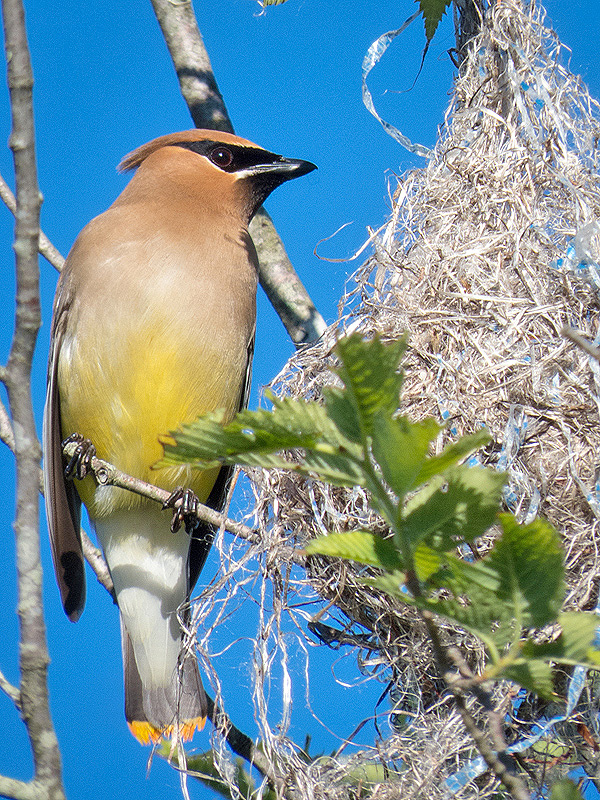Along the Air Line... 2017 - Summer, Part 1 The Air Line Trail in Eastern Connecticut - Stan Malcolm Photos |
mHome Page Stan's FlickR Albums |
June 21st. A walk east from Cook Hill Road in Lebanon to mark the first day of summer. |
Some parts of the trail, especially near the dairy farm, could use a trim. |
Lots of butterflies about. This is a Red Admiral (Vanessa atalanta). |
A Viceroy (Limenitis archippus). |
An Eastern Comma (Polygonia comma). |
Note the dead leaf camouflage on the underside of the wings. |
A much older Eastern Comma, taking nutruients from a dried dog turd. |
There were three Commas and a Red-spotted Purple (Lymenitis arthemis arthemis) on the turd. |
Pearl Crescent (Phyciodes tharos). |
Cabbage White or European Cabbage Butterfly (Pieris rapae). |
|
An Agreeable Tiger Moth (Spilosoma congrua) or a closely related species. |
A Mason Wasp (Probably Ancistrocerus sp.). |
|
Lots of small bees about, including several kinds of Sweat Bees (Family Halictidae). |
|
|
|
A male Flower Fly (Family Syrphidae, probably Sphaerophoria sp.). |
Another Fly. I won't attempt an ID. |
|
A Scarlet Plant Bug (Family Miridae, Lopidea sp.). |
Scentless Plant Bugs (Harmostes reflexulus). |
A Plant Bug (Family Miridae) at lower left; and a Soldier Beetle (Family Cantharidae) above and to the right. |
|
Crown Vetch (Coronilla varia). |
|
|
Venus's Looking-glass (Triodanis perfoliata). |
Nice bronze "micro-lep" moth on it. |
Blue Toadflax (Linaria canadensis). |
Nightshade (Solanum dulcamara). |
Whorled Loosestrife (Lysimachia quadrifolia). |
|
|
Black-eyed Susans (Rudbeckia hirta). |
|
Poor-man's Pepper or Peppergrass (Lepidium virginicum). |
|
Swamp Azalea (Rhododendron viscosum). |
A fairly light infestation of Gypsy Moth caterpillars on this section of the trail. |
The caterpillars are mostly mature, though... |
...some are dying of disease... |
...and some are dead. |
The survivors are molting into the pupal stage and will start emerging as moths in about two weeks. |
June 22nd. A pair of Cedar Waxwings (Bombycilla cedrorum).disassembling the abandoned Baltimore Oriole nest. |
I've seen this behavior before, years ago. |
The nest is incredibly strong. The birds were shaking it hard as they tugged at strands. |
|
|

